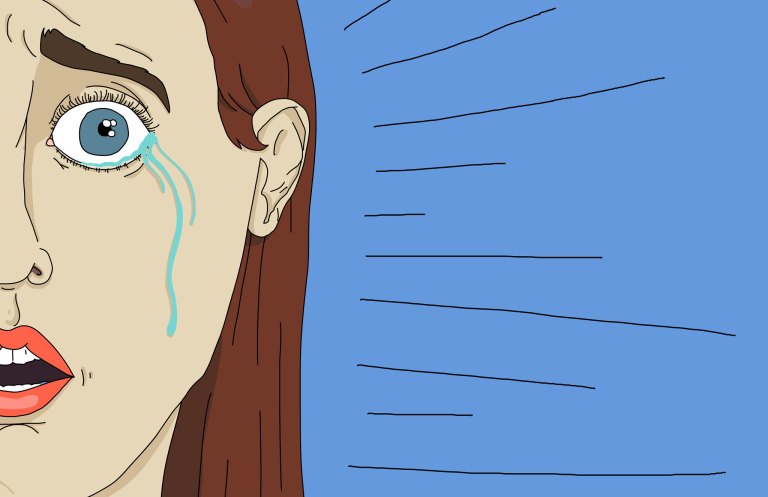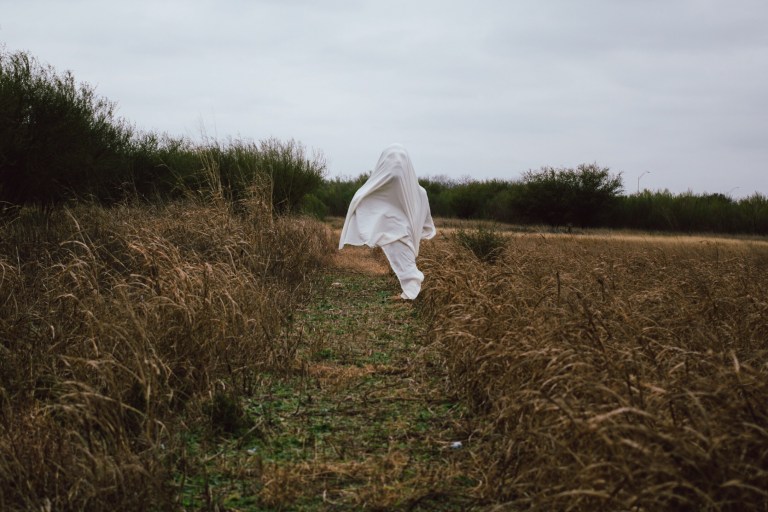Human Guinea Pigs: The Horrors Of Unit 731
Estimates of the death toll from experiments performed on prisoners at Unit 731 range from 3,000 to 12,000. One thing is for certain—no prisoner, whether man, woman, or child, got out alive.
By ![]() Jim Goad
Jim Goad
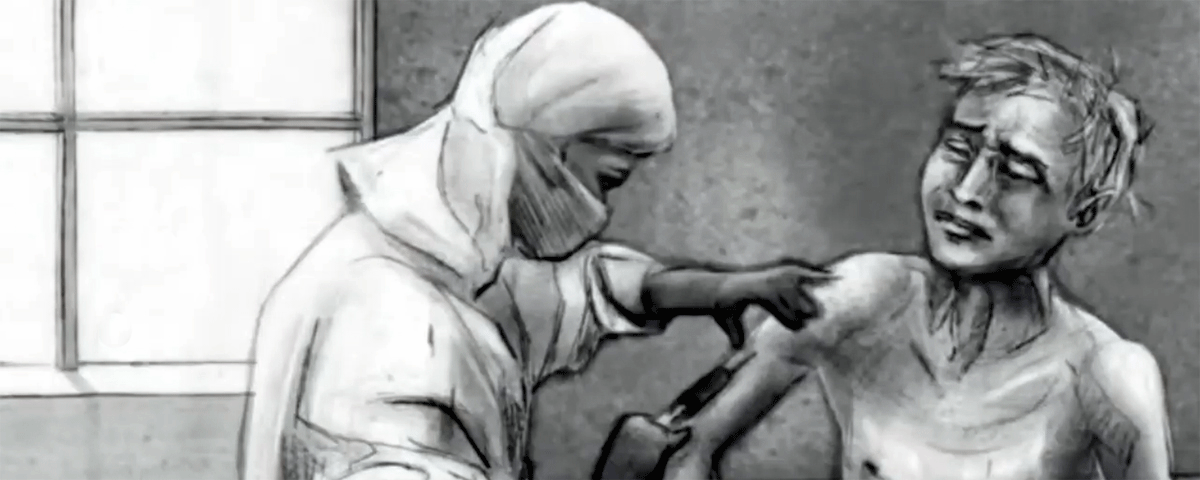
While the Nazis’ atrocities in World War II are common knowledge, hardly anyone has heard of the mind-peelingly sadistic biological and medical experiments that Japanese Imperial forces inflicted upon the Chinese while occupying mainland China in the 1930s and 1940s.
You are probably completely unaware of Unit 731 and how live subjects were induced with frostbite until their limbs froze off, injected with fatal diseases and then had live operations performed on them without anesthesia, forced at gunpoint to be raped by syphilis-infected men, shot with bullets or stuck with bayonets or scorched with flamethrowers while tied to stakes, placed in centrifuges and spun to death, shoved inside pressure chambers until their eyes popped out, crushed with heavy objects, and buried alive.
Estimates of the death toll from experiments performed on prisoners at Unit 731 range from 3,000 to 12,000. One thing is for certain—no prisoner, whether man, woman, or child, got out alive.
However, Unit 731 was likely the largest biological-warfare production facility in world history. It also conducted murderous experiments upon the Chinese civilian populationby infecting water supplies with cholera and dropping ceramic bombs on cities that were filled with live fleas infected with the bubonic plague.
Estimates of the total death toll from Unit 731’s sick experiments range from 200,000 to 580,000.
THE JAPANESE DEATH FACTORY
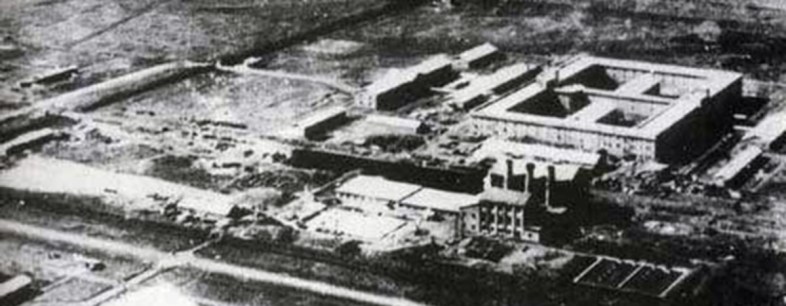
While the Nazis get all the press, it was actually the Japanese who dragged the United States into World War II by bombing Pearl Harbor in 1941. And though the USA played only a minor role in defeating the Germans, it took two American atomic bombs to finally bring the Japanese war machine to its knees.
The Japanese used a false-flag operation as an excuse to invade Manchuria in 1931. They would occupy China until surrendering in 1945.
Although the use of biological weapons was made illegal by the 1925 Geneva Accords, a bright young Japanese doctor named Shirō Ishii was an avid student of the biological and chemical war incidents from World War I that led to the Geneva agreement.
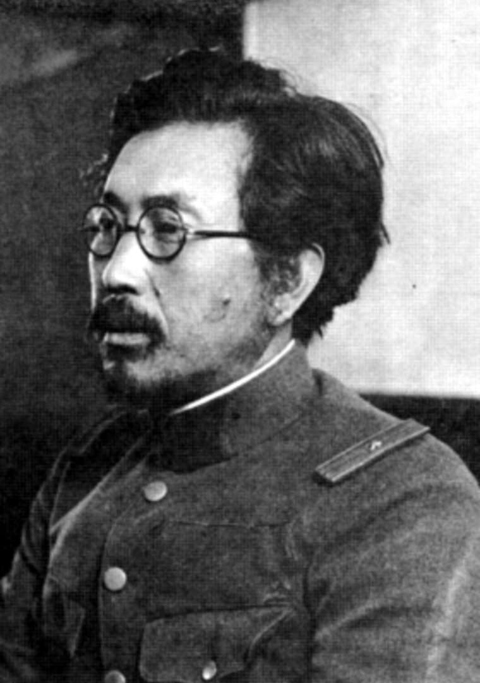
Since the Japanese considered the Chinese to be biologically inferior, they had already set up testing facilities in China using prisoners as human guinea pigs for an array of horrific experiments. In 1936, they allowed Ishii to take over the operations at Unit 731, a cluster of nearly 150 buildings extending over two square miles outside the city of Harbin.
Unit 731’s formal name was the Epidemic Prevention and Water Purification Department of the Kwantung Army of Japan. This was a sly way of hiding the fact that their main goal was to spread epidemics throughout China while poisoning its water.
They told local Chinese authorities that the facility was simply a large lumber mill. Eventually, human subjects were referred to as maruta, the Japanese word for “logs.” When someone asked how many logs fell that day, they were really inquiring about how many prisoners had died as a result of the experiments.
Until the facility was hastily shut down in 1945 as Soviet forces advanced into China, it conducted some of the most soul-murderingly cruel experiments in human history.
FROSTBITE EXPERIMENTS ON LIVE SUBJECTS UNTIL LIMBS FROZE OFF
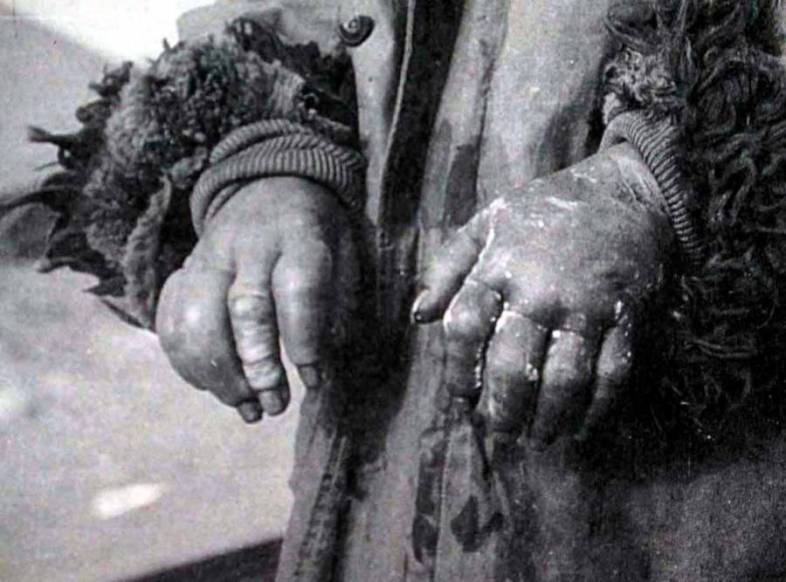
Much of northern China experiences brutally cold winters, and many soldiers are lost this way in battle without a shot being fired. Under the pretense of examining the effects of frostbite on the human body, prisoners were either placed in a freezer inside Unit 731 that could be set to 50°F below zero or they were simply marched outside into the bitter cold and had water splashed on them until their limbs froze.
According to one officer, they were able to tell that frostbite had set into a limb if the “frozen arms, when struck with a short stick, emitted a sound resembling that which a board gives when struck.”
If the limbs weren’t frozen straight off of their body, prisoners were often marched back inside and “thawed out” either by immersion in hot water, exposure to a nearby fire, or simply letting time eventually warm their limbs. If the water was too hot, sometimes their flesh got stripped straight off their bones.
As a result of this endless torture, physicians concluded it was best to thaw out frozen limbs using water between 100 and 122 degrees Fahrenheit.
INJECTIONS WITH FATAL DISEASES…

The Japanese had concluded that 89% of battlefield deaths from the first Sino-Japanese War (1894—1895) were from disease, not combat. An entire division of the Unit 731 complex was therefore set up to study the effects of cholera, bubonic plague, typhus, gangrene, tuberculosis, botulism, and smallpox.
Prisoners were told they were receiving vaccinations rather than deliberate infections.
Apart from diseases, prisoners were also deliberately injected with sea water, animal blood, horse urine, and air bubbles.
It was all for medical purposes, of course. Cruelty had nothing to do with it. Keep telling yourself that until you feel better.
…THEN, AFTER INFECTION, VIVISECTION WITHOUT ANESTHESIA
After deliberately infecting patients, doctors would then slice them open WITHOUT ANESTHESIA to observe how the disease affected organs as it progressed.
Their reasoning was that using dead patients or ones whose bloodstreams were laden with anesthetics would compromise the results. Again, keep telling yourself that was the only reason they sliced into live humans.
In 1995, a former Unit 731 medical assistant told The New York Times:
The fellow knew that it was over for him, and so he didn’t struggle when they led him into the room and tied him down.
But when I picked up the scalpel, that’s when he began screaming.
I cut him open from the chest to the stomach, and he screamed terribly, and his face was all twisted in agony. He made this unimaginable sound, he was screaming so horribly. But then finally he stopped.
This was all in a day’s work for the surgeons, but it really left an impression on me because it was my first time.
There are plenty of photos depicting Unit 731 vivisections if you search for them online. A particularly gruesome one shows a woman who’s been sliced open from her throat down to her vagina. Her 9-month-old fetus is sticking up out of her ripped-open belly.
In the absence of infections, doctors would often amputate limbs merely to study blood loss. Then they’d attach the amputated limb to another part of the body. Or they’d remove a prisoner’s stomach and then directly stitch the esophagus to the intestines…all without anesthesia while the prisoner was alive.
SERIAL RAPE OF MALES AND FEMALES TO STUDY S.T.D.S
After initial attempts to inject prisoners with syphilis proved unreliable in ensuring their infection, doctors switched tactics and spread the disease by forcing people to have sex with infected prisoners at gunpoint. If the infection didn’t take hold after the first rape, subsequent rapes were ordered.
Guards referred to syphilitic female prisoners as “jam-filled buns.”
Rape was also a pastime for the guards and often had nothing to do with medical experimentation. According to the testimony of a former guard:
One of the former researchers I located told me that one day he had a human experiment scheduled, but there was still time to kill. So he and another unit member took the keys to the cells and opened one that housed a Chinese woman. One of the unit members raped her; the other member took the keys and opened another cell. There was a Chinese woman in there who had been used in a frostbite experiment. She had several fingers missing and her bones were black, with gangrene set in. He was about to rape her anyway, then he saw that her sex organ was festering, with pus oozing to the surface. He gave up the idea, left and locked the door, then later went on to his experimental work.
WEAPONS TESTING ON PRISONERS TIED TO STAKES
To study the effects of different weapons on the human body, researchers would march prisoners out into a field near the facility, tie them to stakes, and explode shrapnel-laden bombs from varying distances.
Other times, guards would toss grenades in the direction of the bound prisoners.
Sometimes they’d stab them with bayonets.
Other times they’d shoot them straight in the stomach.
They’d even burn them to a crisp with flamethrowers.
Paving the way for biological warfare that would eventually be inflicted upon entire Chinese cities, rope-bound prisoners would also have bombs filled with plague-infected fleas exploded nearby them.
Again, this was all strictly in the interest of science. Please don’t let your mind wander elsewhere.
UNIT 731: LARGEST BIOLOGICAL WARFARE FACILITY IN WORLD HISTORY?
Since governments don’t like to brag about conducting biological warfare, we can’t be sure what the modern Americans, Chinese, or Russians are doing right now in the dark depths of their highly guarded labs.
But we know more about Unit 731 than we do about any other such government program in history. At its peak, it had a staff of around 10,000.
Unit 731 was capable of producing 66 pounds of plague bacteria in a matter of days. Doctors would inject prisoners with the plague and sometimes let rats feast on their corpses. Then they’d unleash fleas to feast on the rats. Then they’d pack fleas by the pound into ceramic bombs and drop them on small Chinese villages. After the town of Quzhou was attacked, witnesses described what looked like a fine red dust setting over the city, followed by a sudden outbreak of flea bites. Thousands died as a result.
Other bombs were packed with anthrax, cholera, and typhus and then dropped on Chinese civilians.
The Japanese also spread typhus and cholera into Chinese water systems. In 1945 they released pathogens that cause gastrointestinal disease into a river that the Soviet army had used as its water source.
Despite the unflinching gruesomeness of Unit 731’s experiments on prisoners, it was the mass bombings of Chinese cities with deadly organisms that accounted for almost all of its fatalities.
Oh, there were other tortures, too. More than we likely know about or will ever know about.
Unsuspecting children eagerly accepting anthrax-laden chocolates from soldiers.
Subjects were exposed to lethal doses of X-rays until their skin was burned.
A mother and child were placed into a poisonous gas chamber and gassed to death.
In one account, a sickly prisoner was placed on a table and his carotid artery was slit open. He was drained of so much blood that his heart was too weak to continue pumping. To squeeze every last drop out of him, an officer wearing leather boots stomped on his chest until a final squirt of blood issued out of him.
UNIT 731 SHUTS DOWN
In 1945, as the Soviet army advanced through China and it became evident that Japan would lose the war, employees were sworn to secrecy. They summarily destroyed almost all written records, murdered every last living prisoner, and blew up most of Unit 731’s buildings.
In one last sickening touch, they unleashed thousands of plague-infected mice out into the streets, killing an additional 30,000 or so Chinese civilians.
In 1946, fully aware that whatever the Japanese had learned through these experiments was probably unique since no one in memory had been ruthless enough to conduct such experiments, the US military reached a deal with Dr. Ishii—they would not prosecute anyone involved with Unit 731 for war crimes if they willingly handed over the results of their research.
Many of the physicians who’d been merrily carving up live humans at Unit 731 went on to highly successful careers in the medical field. Two of them founded a multinational corporation that got embroiled in a scandal for allegedly providing HIV-tainted blood to blood banks.
For decades, Japanese authorities denied the very existence of Unit 731. Finally, in 1984, they admitted that vile experiments had been conducted on living humans there. In 2002, a Tokyo court formally admitted that biological warfare had been conducted at Unit 731.
Still, Japan has never formally apologized nor provided compensation to any of the victims or their family members.
For his part, Dr. Ishii—the Asian Josef Mengele—died of throat cancer in 1960 at age 67 after living comfortably in hiding ever since the war. ![]()


